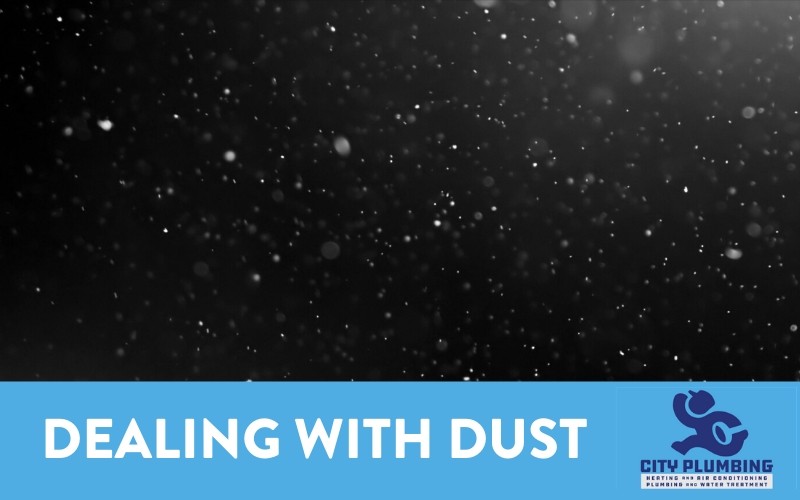As plumbers in West Texas, some of the most common questions we encounter involve dealing with hard water. Water is hard when added minerals infiltrate your water on its way to your faucet. Those minerals aren’t necessarily dangerous, but they do impact the taste and smell of your water. You know you have hard water if you have chalky build-up on your faucets and showerheads. If you don’t clean the build-up regularly, it can lead to stained fixtures and sinks, and faucets not working properly. There are two common solutions to battling hard water: reverse osmosis, commonly called R.O, and water softeners. These two systems function differently and can be installed separately, but are highly recommended to be used together. In this post, we’ll specifically take a look at water softeners.
HOW IT WORKS
Water softeners use what’s called an ion-exchange unit. Without getting too scientific, it removes the minerals that make the water hard and substitutes them with sodium (salt). Systems can include single or dual tanks depending on the need in your home. For example, a two-tank system can continuously deliver soft water to the home, while a single tank system contains brine that needs to self-clean once a week.
Salt-free alternatives are also available, which modify the minerals instead of actually removing them to make the water soft. The alternatives do help prevent visible buildup around fixtures and faucets but don’t protect piping and appliances like a traditional water softener.
WE CAN HELP
Lucky for you, City Plumbing has water softeners as well as reverse osmosis systems. Remember, for the cleanest, safest water, you’ll want to get both! Call us today at 432-366-2401. Our experts can provide full details and help you diagnose your home or business to determine the system that works best for you. Give us a call and we’ll come running!






